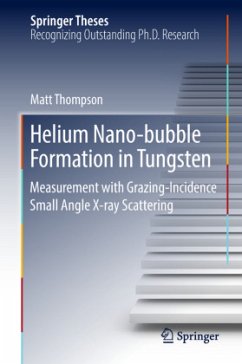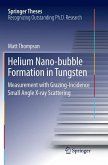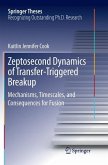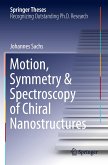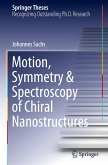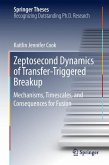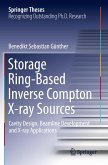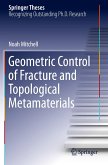This PhD thesis characterises the damage that occurs in tungsten when it is exposed to a fusion-like environment. The book presents pioneering work on the use of grazing-incidence small-angle X-ray scattering (GISAXS) to measure nano-bubble formation in tungsten exposed to helium plasma. The phenomenon of nanoscale bubble formation within metals during helium plasma exposure can lead to undesirable changes in the material properties, such as complex nanoscale surface modification or a reduction in thermal conductivity. As a result of this work, it is now possible to quantify how nanobubble behaviour changes within different materials, and under different plasma conditions. In 2015 the author published the first GISAXS study of helium-induced nanobubble formation in tungsten, demonstrating the viability of using GISAXS for this work. This paper has generated significant interest from the international fusion community and was selected as one of the highlights for the journal Nuclear Fusion.
Bitte wählen Sie Ihr Anliegen aus.
Rechnungen
Retourenschein anfordern
Bestellstatus
Storno

